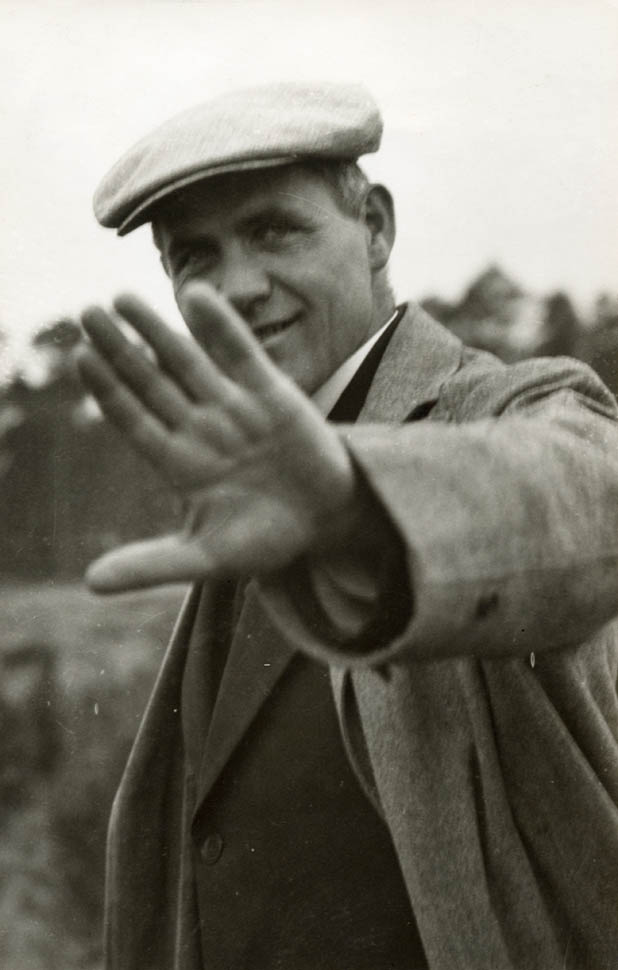Hannes Meyer, an important architect and teacher, was born on November 18, 1889 in Basel, Switzerland. His life story is characterized by a remarkable career and his commitment to architecture and social responsibility in the art of building.
Meyer began his professional career by training as a bricklayer and stonemason as well as a draughtsman and foreman in Basel, which he completed at the Kunstgewerbeschule from 1905 to 1919. After various stages of training, he worked in the construction offices of Albert Froelich and Johan Emil Schaudt until he decided to become an architect. At the same time, he attended evening classes at the School of Arts and Crafts in Berlin. From 1912 to 1913, he undertook study trips to the Netherlands and England, which broadened his architectural horizons. From 1909 to 1914, Hannes Meyer was involved in various political associations, including the Swiss Cooperative Movement, Schweizer Freiland and the German Land Reform Movement. These activities demonstrated his interest in the social and political aspects of architecture and urban planning. In 1915 Meyer worked as an assistant to Georg Metzendorf in Munich and in 1916 in the building administration of Friedrich Krupp in Essen. He began working as an independent architect in 1919, with his first important tasks being the cooperative housing estate Freidorf in Muttenz near Basel.
Together with Hans Wittwer, Hannes Meyer founded a construction office at Luftgässlein 3 in Basel in 1926-1927 and designed important competition projects. Among other things, they submitted a competition design for the Petersschule in Basel in 1926 and one for the League of Nations Palace in Geneva in 1927. The latter competition design led to the appointment of Hannes Meyer as Master of Architecture at the Bauhaus in Dessau by Walter Gropius in the same year.Between 1928 and 1930, Hannes Meyer held the position of Bauhaus director.During this time, he took part in the competition for the ADGB Federal School in Bernau near Berlin, in which he won first prize and was awarded the building contract.He also extended the Dessau-Törten estate with five arcade houses.Political differences led to his immediate dismissal as Bauhaus director in 1930.In response, Hannes Meyer left Germany and went to the Soviet Union with seven of his Bauhaus students, where he worked as a university lecturer at the Moscow School of Architecture and Civil Engineering (WASI) and held leading positions in several architectural firms.He was also involved in the founding of the newly established Academy of Architecture.
Between 1933 and 1934, Meyer was involved in the planning of the city of Birobidzhan in the Jewish Autonomous Region of the same name in the USSR. After his return to Switzerland in 1936, there were only limited opportunities to work as an architect.Nevertheless, he continued to promote socially oriented architecture and worked on projects such as the Mümliswil cooperative children's home in Switzerland in 1938-1939. In 1939, Hannes Meyer was appointed to Mexico, where he set up the first Mexican urban planning institute.In the following years, he was active in various activities in the construction sector.He returned to Switzerland in 1949, where he lived in Crossifisso di Savosa until his death on July 19, 1954.
Hannes Meyer left an impressive legacy in architecture and made an important contribution to the development of modern architecture, particularly through his time at the Bauhaus and his commitment to social aspects in architecture.

